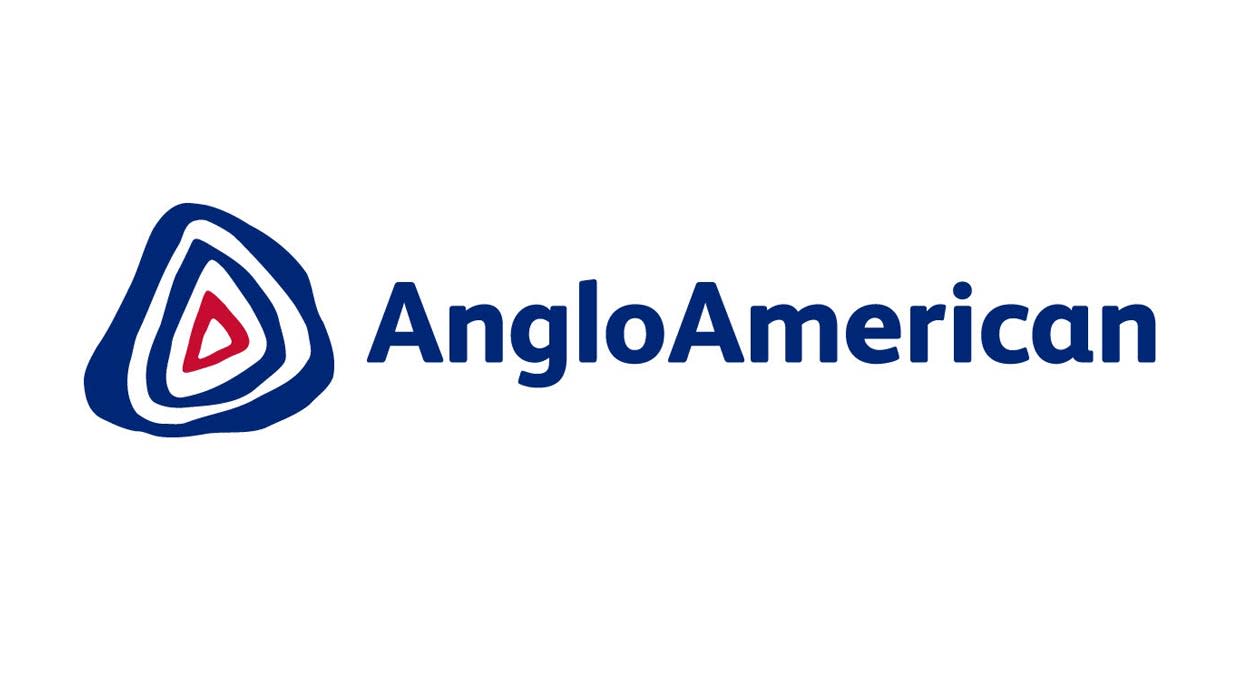Anglo American has confirmed that it has rejected BHP’s initial proposal to buy the company in exchange for BHP shares.
The initial proposal required Anglo to de-merge its Platinum and Kumba Iron Ore businesses prior to completion. The terms valued Anglo’s total share capital (including the Platinum and Kumba assets) at £31.1bn, or £25.08 per share.
The board has decided the proposal “significantly undervalues” its future prospects and feels the terms were unattractive and overly complicated.
The shares were broadly flat in early trading.
Our view
Anglo American’s production cuts last year mean sentiment is low. It’s not too surprising to see some of the bigger players like BHP looking to snap up a bargain. Following a swift rejection, BHP will need to come up a bit on price before the Anglo board puts anything in front of shareholders. It’s also too complicated, given BHP doesn’t want the iron ore or platinum businesses so they’d need to be spun off before completion.
But despite the challenges, Anglo’s valuation doesn’t look to fully reflect the sum value of each part. Some combination of a buyout from a peer like BHP and a demerger of other assets could see that value unlocked. If the price is right. As always there are no guarantees.
Anglo’s asset mix is diverse, with a tilt toward iron ore and copper. But there’s also nickel, diamonds and platinum metals in the mix. It’s in some of the smaller areas where trouble’s been brewing. The diamond market has been poor, partly shifting dynamics but also an inventory overhang over the second half which should improve. The outlook for nickel pricing has been revised lower too and Anglo has had to write down the value of both operations as a result.
Copper and iron ore are both areas we like and together accounted for 72% of cash profit last year. Of the two, growth capital is focused on copper. Quellaveco in Peru finished its ramp up over 2023, and in Chile, there are plans to increase production from Collahuasi – both are high-margin assets.
The iron ore portfolio is set to expand with the Vale deal adding a fresh resource base to the Minas-Rio mine. We like the deal, it gives access to higher-grade ore which is not only more attractive to buyers but should also lead to lower costs. But it’s a long way off, so not something likely to have an impact anytime soon.
We're also excited about the potential for the Woodsmith project, which will give a fresh avenue into crop nutrients. It's a massive project, which means it’s expensive. If no wider takeover deal comes to pass, we wouldn’t be too surprised to see Anglo bring on a partner here, to help share some of the costs.
Looking to the balance sheet, net debt has risen but remains at a sustainable level. Payouts from profits above the 40% base level are unlikely and there’s a big cost effort underway to try and improve cash flows.
With expectations rebased and sentiment relatively low, we see scope for a turnaround at Anglo. The big question is whether the full value can be unlocked as one combined entity, or whether now’s the time to consider offers like BHP’s. In the near term, the valuation will be driven by deal talk which always adds risk.
Environmental, social and governance (ESG) risk
Mining companies tend to come with relatively high ESG risk. Emissions, effluences and waste and community relations are key risk drivers in this sector. Carbon emissions, resource use, health and safety and bribery and corruption are also contributors to ESG risk.
According to Sustainalytics, Anglo American’s management of material ESG issues is strong.
Climate targets include carbon neutrality across operations by 2040. There are also targets for a 30% improvement in energy efficiency and a 50% reduction in freshwater withdrawal against 2016 levels in water scarce areas by 2030. There is a strong renewable energy programme, which is expected to fully meet energy needs in Chile, Brazil, Peru and South Africa.
ESG data sourced from Sustainalytics.
Anglo American key facts
This article is not advice or a recommendation to buy, sell or hold any investment.No view is given on the present or future value or price of any investment, and investors should form their own view on any proposed investment.This article has not been prepared in accordance with legal requirements designed to promote the independence of investment research and is considered a marketing communication.Non - independent research is not subject to FCA rules prohibiting dealing ahead of research, however HL has put controls in place(including dealing restrictions, physical and information barriers) to manage potential conflicts of interest presented by such dealing.Please see our full non - independent research disclosure for more information.


